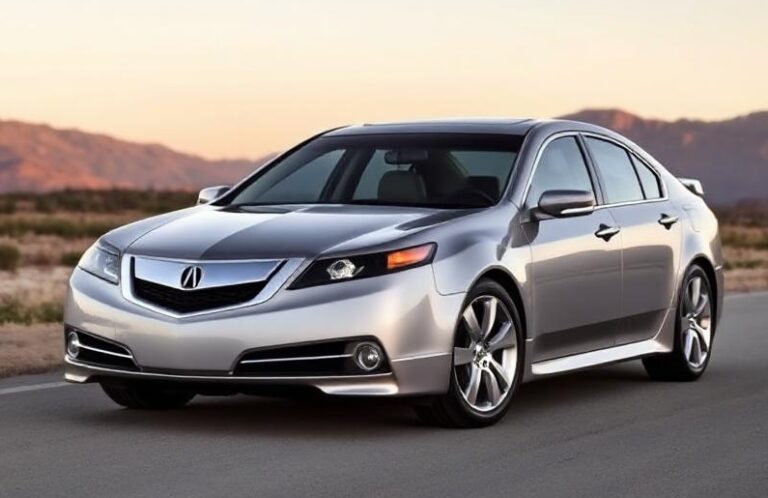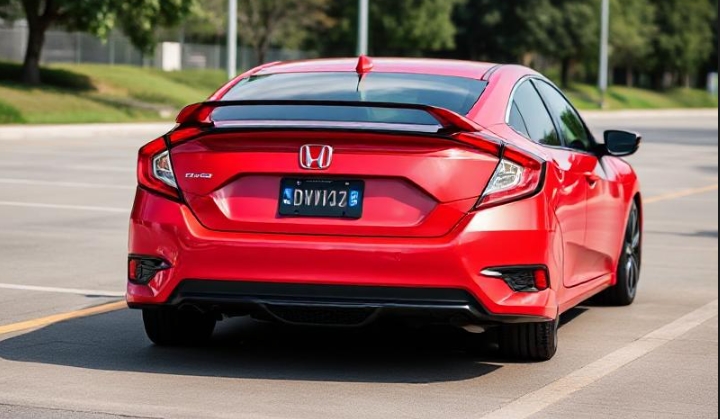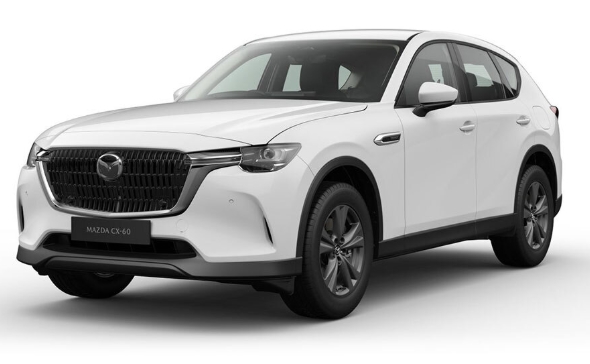The Evolution of the Audi 80
The Audi 80 stands as a cornerstone in the history of compact executive cars, embodying innovation, engineering excellence, and a commitment to quality. Introduced in the late 1970s, the model evolved through multiple generations, each marked by technological advancements, design updates, and expanding trim and engine options. This article provides a detailed chronicle of the Audi 80’s development, covering its production years, various models, and trim levels across its lifespan.
Introduction and First Generation (B1): 1978–1986
Overview:
The Audi 80’s journey began with the first-generation B1 chassis, introduced in 1978 as a replacement for the Audi 80/90 and the Audi 80-based models from Auto Union. It was built to compete in the compact executive segment, offering a combination of practicality and sporty appeal.
Production Years:
- 1978–1986
Design & Engineering:
- The B1 was a front-engine, front-wheel-drive vehicle, with some models featuring Audi’s Quattro all-wheel-drive system introduced later.
- The design was conservative, with angular lines typical of late 1970s styling.
Models & Trim Levels:
- Initially launched as a 2-door sedan, with a 4-door sedan introduced later.
- Variants included:
- Audi 80 Standard: Base models with minimal features.
- Audi 80 GLS: Slightly upgraded trims with improved features.
- Audi 80 GTE: Sporty version with more performance-oriented features, including a 1.6L or 1.8L engine.
Engines:
- 1.3L I4 (abandoned early)
- 1.6L I4
- 1.8L I4
- Diesel options (e.g., 1.6L and 1.9L)
Significance:
The B1 set the stage for Audi’s reputation in the compact segment, emphasizing build quality and driving dynamics.
Second Generation (B2): 1986–1992
Overview:
Building upon the success of the B1, the B2 generation introduced more modern styling, improved aerodynamics, and a broader range of models.
Production Years:
- 1986–1992
Design & Engineering:
- The B2 featured a more aerodynamic shape, with smoother lines compared to its predecessor.
- It maintained front-wheel drive, with the Quattro all-wheel-drive system available on certain models.
- The chassis offered increased rigidity and better crash safety.
Models & Trim Levels:
- Available as a 2-door coupe, 4-door sedan, and station wagon (Avant).
- Models included:
- Audi 80 Standard: Basic trim.
- Audi 80 GL: Mid-range trim with additional features.
- Audi 80 GTE: Sportier version with a 1.8L or 2.0L engine.
- Audi 80 Quattro: All-wheel-drive models with turbocharged engines.
- Audi 80 Cabriolet: Introduced in 1989, featuring a convertible body style.
Engines:
- 1.6L I4
- 1.8L I4
- 2.0L I4
- Turbocharged options: 1.8L turbo (1.8T) and 2.2L turbo
- Diesel engines: 1.6L, 1.9L, and 2.5L turbodiesels
Special Features:
- Introduction of electronic fuel injection.
- The Quattro models gained popularity for their handling and performance.
Significance:
The B2 solidified the Audi 80’s position as a versatile, well-engineered vehicle, appealing to both practical buyers and enthusiasts.
Third Generation (B3): 1991–1996
Overview:
The B3 generation marked a significant redesign, with a focus on modern styling, increased comfort, and technological advancements.
Production Years:
- 1991–1996
Design & Engineering:
- The B3 incorporated a more refined, rounded body shape, moving away from the boxy design of previous models.
- It featured improved aerodynamics (Cd ~0.30).
- The chassis offered better crash safety and ride comfort.
- It retained front-wheel drive as standard, with Quattro all-wheel drive available on higher trims.
Models & Trim Levels:
- Variants included:
- Audi 80 Base/Standard: Entry-level models.
- Audi 80 Sport: Sporty trim with sport suspension and styling accents.
- Audi 80 Avant (Station Wagon): Popular for family and utility use.
- Audi 80 Cabriolet: Continued in production until 1994.
- Audi S2: High-performance version with turbocharged 2.2L engine, Quattro drivetrain.
Engines:
- 1.6L I4
- 1.8L I4
- 2.0L I4
- 2.3L inline-5 (in S2)
- Turbocharged 1.8L (1.8T)
- Diesel engines: 1.9L turbodiesel, 2.5L turbodiesel
Special Features:
- Introduction of multi-link suspension.
- Enhanced interior features, including improved instrumentation and comfort options.
- The S2 was a notable high-performance model, competing in the rally and sports segments.
Significance:
The B3 showcased Audi’s commitment to blending comfort with sporty performance, setting the foundation for future high-performance models.
Fourth Generation (B4): 1993–2000
Overview:
The B4 was essentially a facelift of the B3, with updated styling and additional features.
Production Years:
- 1993–2000
Design & Engineering:
- The B4 introduced a more streamlined front grille, redesigned bumpers, and updated lighting.
- Slight improvements in chassis stiffness and safety features.
- The design was more refined and modern.
Models & Trim Levels:
- Continued with sedan, Avant, and Cabriolet variants.
- Variants included:
- Audi 80 Base/Standard
- Audi 80 SE: Upgraded trim with additional features.
- Audi 80 Quattro: Turbo AWD models.
- Audi S2: Continued until 1995.
- Audi A4 (B5 platform): Launched in 1994, replacing the Audi 80 in some markets, but the 80 name persisted for certain models.
Engines:
- 1.6L I4
- 1.8L I4
- 2.0L I4
- 2.6L V6
- 2.8L V6 (Quattro versions)
- Turbocharged 1.8L (1.8T)
- Diesel: 1.9L turbodiesel and 2.5L turbodiesel
Special Features:
- Introduction of more advanced safety features and improved interior ergonomics.
- The S2 was phased out, replaced by the S3 and other models.
Significance:
The B4 marked the end of the traditional Audi 80 as a standalone model, with the A4 gradually taking over its role.
Fifth Generation (B5): 1996–2003
Overview:
The B5 generation marked a significant shift, as the Audi 80 name was phased out in favor of the Audi A4, although some markets retained the 80 designation for certain models.
Production Years:
- 1996–2003
Design & Engineering:
- The B5 was a major leap forward, featuring a more modern, rounded design.
- It was built on the Volkswagen Group’s A4 platform.
- It introduced new safety features, including side airbags and anti-lock braking systems.
- Quattro all-wheel drive became more widespread across models.
Models & Trim Levels:
- Sedan and Avant (station wagon) were the primary body styles.
- Variants included:
- Audi 80 (in some markets): Early B5 models retained the 80 name.
- Audi A4: The main successor, replacing the 80.
- S4: High-performance model with a 2.7L twin-turbo V6.
- RS4: Introduced in 2000, a high-performance version with a 2.7L twin-turbo V6.
Engines:
- 1.6L I4
- 1.8L I4
- 2.0L I4
- 2.4L V6
- 2.8L V6
- 1.9L turbodiesel
- 2.5L turbodiesel
- 2.7L twin-turbo V6 (S4)
- 2.7L twin-turbo V6 (RS4)
Special Features:
- Introduction of more sophisticated infotainment and comfort features.
- The RS4 was a landmark performance model, combining everyday usability with sports car performance.
Significance:
The B5 era signaled the transition from the traditional 80 series to the modern A4 lineup, with the 80 name gradually disappearing after 2000.
Transition to A4 and Legacy
While the Audi 80 nameplate was phased out by 2000 in most markets, its legacy persisted through the Audi A4, which inherited much of the engineering and design philosophy. The A4, introduced in 1994 (based on the B5 platform), continued to evolve, but the 80 name remains iconic for its role in establishing Audi’s reputation for quality and performance in the compact executive segment.
Key Highlights of the Evolution:
- Design and Engineering: From boxy, angular shapes to aerodynamic, modern styling.
- Technology: Progressive adoption of electronic fuel injection, safety systems, and quattro all-wheel drive.
- Performance: Introduction of turbocharged engines and high-performance variants like the S2, S4, and RS4.
- Market Impact: The Audi 80 helped establish Audi’s reputation for sporty, reliable, and premium small cars.
.
THIS might be a great place to get your new car from!
Or for those who are into the “car flipping” business, here’s an excellent resource for you!

.
Conclusion
The Audi 80’s evolution reflects the broader trends of automotive design and technology over the late 20th century and early 21st century. From its modest beginnings in 1978 to its final iterations in the early 2000s, the model adapted to changing consumer demands, technological advancements, and safety standards. Its various models and trim levels catered to a broad audience—from practical family buyers to high-performance enthusiasts.
Today, the legacy of the Audi 80 endures through the modern A4, which continues to embody the qualities that made the 80 a standout: design excellence, engineering innovation, and driving pleasure. The history of the Audi 80 remains a testament to Audi’s commitment to growth, innovation, and excellence in the automotive industry.







